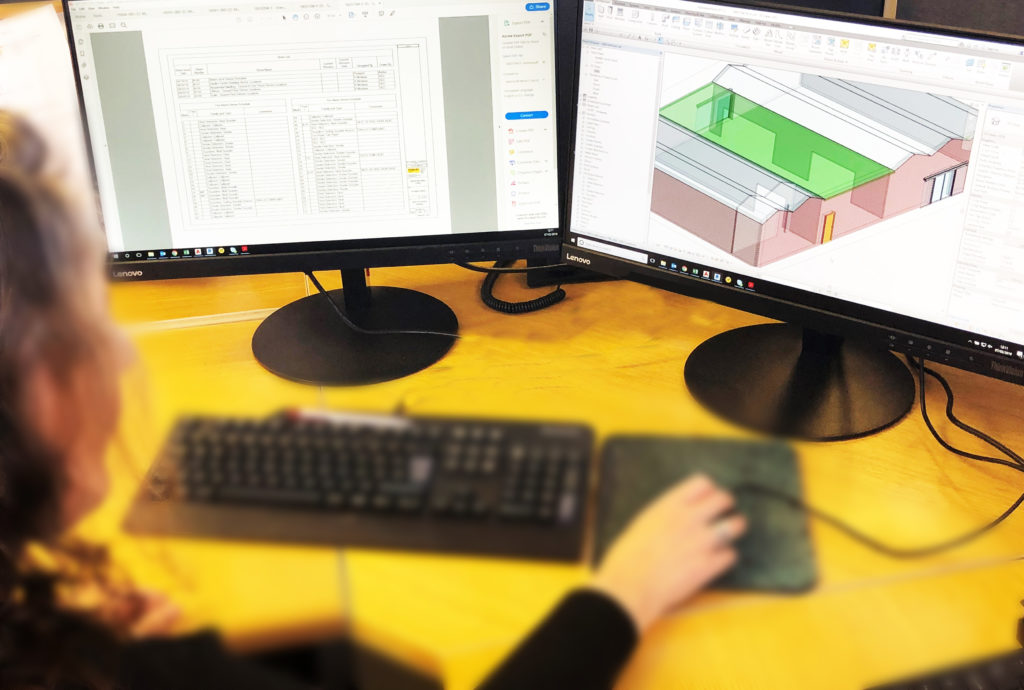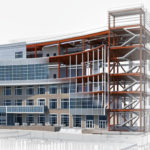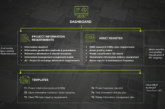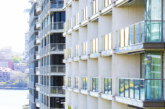Jason Unsworth looks at BIM Level 2 accreditation and how it can help improve the security of local authority properties.
Building Information Modelling (BIM) is a shared knowledge resource, providing all of the information about every component of a building, in one easy to access place. It enables professionals to digitally model a building and use the BIM data to reduce the risk of mistakes or discrepancies at an early stage, making for more cost-effective, safe construction, improved carbon performance and predictable planning.
UK BIM processes range from Maturity Level 0 to Level 3. Typically, a Level 1 project will use a mixture of 3D CAD and 2D work. Now required by law for centrally procured public sector projects, Level 2 denotes projects where all parties use their own 3D CAD models and design information is shared through a common file format, enabling any organisation within the project to combine the data with their own.
BIM Level 2 explained
Whilst BIM Level 2 is not required for local authority construction projects, main contractors working in these areas are increasingly demanding this as a matter of course. BIM Level 2 facilitates well-informed decision making for greater clarity, better communications and better efficiency. Cost savings of around 33% across CAPEX and OPEX are possible by following a Level 2 BIM process. As the cost of operating and maintaining buildings and facilities can represent up to 85% of the whole-life cost, savings can pay back any upfront premium in construction expenses in just a few years.
Security and BIM Level 2
Security companies have been working at BIM Level 1 for a while, but very few have moved to Level 2; after all, is not 3D modelling overkill when it comes to a straightforward security system? Well firstly there is genuine demand from the construction sector for BIM Level 2 in the security sector. Why? The answer, it would seem, lies in two key areas: the benefits of 3D modelling when designing a security system and the asset management and maintenance benefits that come from adopting the COBie data format which has become integral to BIM Level 2.
3D Modelling
For the system designer, 3D modelling is really quick. It offers a simple drag and drop modelling process rather than the more laborious 2D CAD drawing, making it much easier to make changes to system design and even try out new ideas. For local authorities, it results in a fast turnaround time.
Secondly, it enables quicker, more accurate decision-making: seeing a security system in a building in 3D is more engaging and intuitive and easier to use than a 2D CAD drawing. Things get missed in drawings, especially when you’re not familiar with these types of documents e.g. bracing is often a dotted line which can easily be misread or missed altogether. When this is applied to CCTV systems, the results are especially beneficial as you can actually see the camera view, including the focal lengths and where the blind spots are. It’s not quite Virtual Reality, but it’s the next best thing. This makes for the most effective security system design and a smooth installation, as the installer knows exactly where each piece of kit will go on site, resulting in a first time fix, rather than having to address unforeseen installation issues as they proceed.

Asset Management and COBie
The adoption of COBie is the other leading factor in the drive to move to BIM Level 2. COBie is a non-proprietary data format for the publication of a subset of BIM focused on delivering asset data, as opposed to geometric information. It was developed to improve the handover process to building owner-operators, and for good reason.
In any construction project there are large numbers of specialist contractors and trades working on a variety of aspects of the building, from the structure to the sanitation, the fenestration to the electrics and much, much more. The information on every aspect of the building’s design and construction needs to be stored in a central repository and kept up-to-date, ready for hand over to you. But this process can be very hit and miss, with data often supplied in a variety of different formats and in separate files, making it difficult to manage. COBie aims to put an end to that, ensuring that all the key information is in one uniform format and shared between the construction team at defined stages in a project. This is, typically, a Microsoft Excel spreadsheet, but other spreadsheet applications may be used.
For local authorities this information is invaluable when it comes to asset management and maintenance. For the security system, every part of the system down to the smallest item is listed and located. If something needs replacing, for example, there’s no rummaging through different files but instead the part number is instantly accessible. Equipment life is clearly listed, so replacements and upgrades can be pre planned. Furthermore, there’s no issue if there are changes in key staff as detailed information on the security system is available to the authorised people and not located in someone’s head or a file on their PC.
Clearly sensitive security information, such as passwords, should not be entered into BIM, so it’s important to determine what information could compromise a security system and needs to be kept as separate documentation.
BIM Level 2: The holistic approach
The transition from BIM Level 1 to 2 is a significant one and requires extensive input from manufacturers and service suppliers, from updating operational procedures to learning new methods of working and systems. It’s not an easy transition, but it is an important, worthwhile one that has long-term positive impacts for the construction sector. No longer are the different components of a building and its systems designed in semi isolation. BIM Level 2 offers a more holistic approach, looking at the bigger picture for a healthier outcome.
Jason Unsworth is General Manager GB at STANLEY Security









